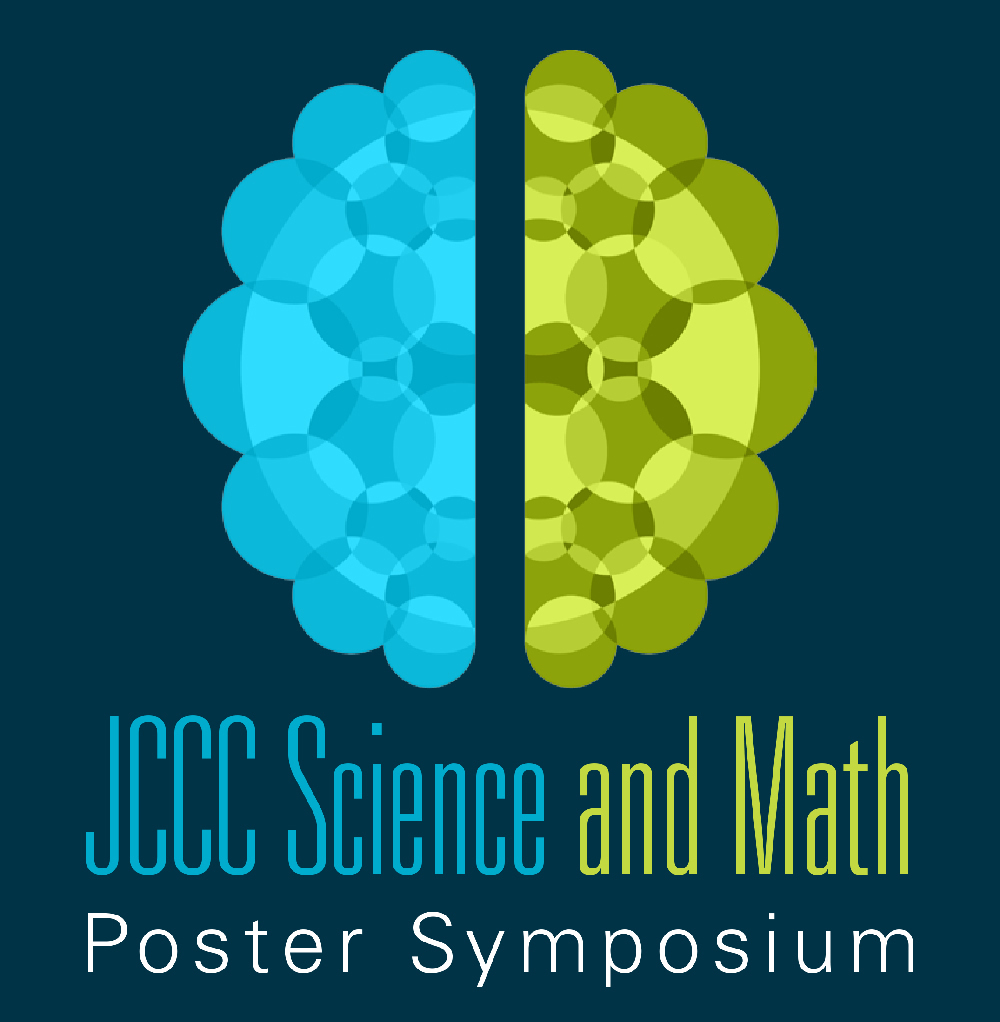Start Date
28-4-2022 12:00 PM
Document Type
Poster
Description
The purpose of this project is to pursue potential candidates because of the ongoing antibiotic resistance problem that we are currently experiencing in our healthcare settings and in our community. The name of the candidate that I have identified through isolation, from the collection of a clay soil type, is Dyer012 2-1. Based on streak plate technique, candidate Dyer012 2-1 produced colony morphology that was smooth, glossy, round but spreading out, milky white color with a mucous-like texture, and around 3 millimeters in diameter on average. Based on ESKAPE pathogen testing against the potential candidate, candidate Dyer012 2-1 showed inhibition against five of the ESKAPE pathogens. The pathogens that they inhibited include Staphylococcus epidermidis, Acinetobacter baylyi, Escherichia coli, Enterococcus faecalis, and Enterobacter aerogenes. Based on gram staining procedure, candidate Dyer012 2-1 was found to be a gram-negative bacillus organism. Next steps would include conducting a Polymerase Chain Reaction (PCR) test and a gel electrophoresis in order to identify the genus and species of candidate Dyer012 2-1 for presentation at the JCCC STEM Poster Symposium.
Inhibition by Candidate Dyer012 2-1
The purpose of this project is to pursue potential candidates because of the ongoing antibiotic resistance problem that we are currently experiencing in our healthcare settings and in our community. The name of the candidate that I have identified through isolation, from the collection of a clay soil type, is Dyer012 2-1. Based on streak plate technique, candidate Dyer012 2-1 produced colony morphology that was smooth, glossy, round but spreading out, milky white color with a mucous-like texture, and around 3 millimeters in diameter on average. Based on ESKAPE pathogen testing against the potential candidate, candidate Dyer012 2-1 showed inhibition against five of the ESKAPE pathogens. The pathogens that they inhibited include Staphylococcus epidermidis, Acinetobacter baylyi, Escherichia coli, Enterococcus faecalis, and Enterobacter aerogenes. Based on gram staining procedure, candidate Dyer012 2-1 was found to be a gram-negative bacillus organism. Next steps would include conducting a Polymerase Chain Reaction (PCR) test and a gel electrophoresis in order to identify the genus and species of candidate Dyer012 2-1 for presentation at the JCCC STEM Poster Symposium.


Comments
The faculty mentor for this project was Angela Consani, Biology.